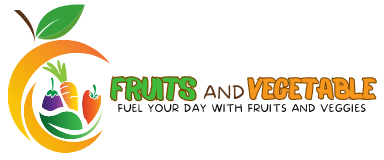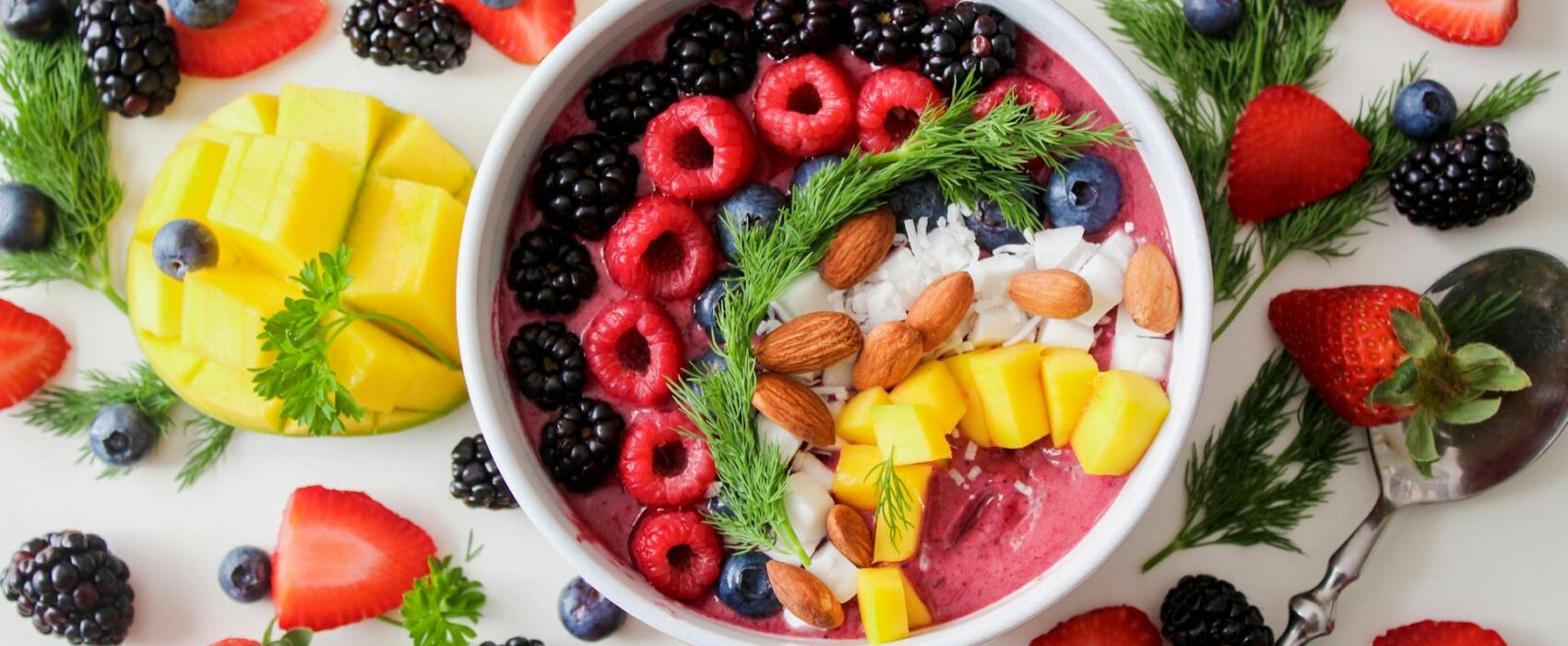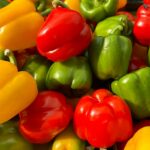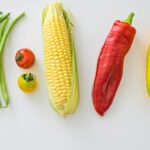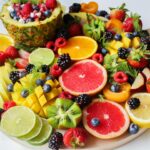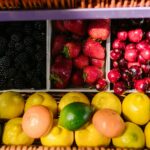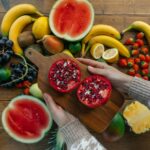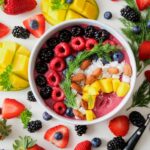If you have diabetes, you might wonder, “Can I eat fruits?” The answer is yes — but smartly. Fruits are packed with essential nutrients like fiber, vitamins, and antioxidants. However, some fruits contain natural sugars that can impact blood glucose levels if not chosen carefully.
This blog explains which fruits are safe for diabetics, how to include them in your diet, and the best low-sugar fruit options to enjoy without spiking your blood sugar.
🍎 Can Diabetics Eat Fruits?
Yes! Diabetics can and should eat fruits — in moderation. The key is choosing fruits that:
- Have a low glycemic index (GI)
- Are high in fiber
- Contain natural sugars (not added ones)
Fiber slows down sugar absorption and helps control blood glucose. So whole fruits are much better than fruit juices or canned fruits.
⚠️ Avoid: Packaged fruit juices, sweetened dried fruits, and canned fruits in syrup.
📉 Understanding Glycemic Index (GI)
The Glycemic Index is a measure of how quickly a food raises your blood sugar.
| GI Range | Meaning |
|---|---|
| 55 or less | Low GI – Best for diabetics |
| 56–69 | Medium GI – Eat in moderation |
| 70 or above | High GI – Avoid or limit |
✅ Best Low-Sugar Fruits for Diabetics
These fruits are low in sugar and GI, making them ideal choices for diabetic diets.
🍓 1. Berries (Strawberries, Blueberries, Raspberries)
- Low in sugar & GI (25–40)
- High in antioxidants and fiber
- Help fight inflammation and improve heart health
How to eat: Add to yogurt, smoothies, or eat a handful as a snack.
🍏 2. Green Apples
- Moderate sugar, high fiber
- Low GI (~38)
- Rich in Vitamin C and polyphenols
How to eat: Eat whole with the peel, avoid apple juice.
🍐 3. Pears
- GI ~38–41
- Good source of fiber and Vitamin C
- Promotes digestion and satiety
How to eat: Raw, sliced in salads, or lightly baked.
🍒 4. Cherries
- GI ~22
- Contain antioxidants and help control blood sugar
- Anti-inflammatory properties
How to eat: Fresh, a small bowl at a time (not canned or in syrup).
🍊 5. Oranges (and Citrus Fruits)
- GI ~40
- High in Vitamin C
- Contains fiber and helps with insulin sensitivity
How to eat: Whole fruits only — not orange juice.
🥝 6. Kiwi
- Low sugar and GI ~50
- High in Vitamin C and fiber
- Aids in digestion and immunity
How to eat: Eat with seeds — excellent in fruit bowls or smoothies.
🍑 7. Peaches
- GI ~42
- Moderate sugar, good for summer hydration
- Rich in Vitamin A and potassium
How to eat: Fresh and whole — not canned or sweetened.
🍉 8. Watermelon (in small portions)
- High water content
- GI is high (~72) but glycemic load is low in small servings
- Hydrating and refreshing
How to eat: Just a few cubes — pair with nuts or cheese to reduce sugar absorption.
❌ Fruits Diabetics Should Limit or Avoid
| Fruit | Why to Limit |
|---|---|
| Bananas (very ripe) | High sugar, medium-high GI |
| Grapes | High natural sugar, small size tempts overeating |
| Mangoes | High sugar, best only in moderation |
| Pineapple | GI ~66, can spike sugar quickly |
| Dried fruits | Concentrated sugar and calories |
| Fruit juices | No fiber, high sugar absorption rate |
| Canned fruits | Usually soaked in sugary syrup |
🍽️ Tips to Safely Include Fruits in a Diabetic Diet
- Choose whole fruits, not juices.
Whole fruits contain fiber, which slows down sugar absorption. - Eat fruits with protein or healthy fat.
Example: Apple with peanut butter or yogurt. - Watch portion sizes.
Stick to one small fruit or ½ cup of cut fruit per serving. - Spread fruit intake throughout the day.
Don’t eat multiple servings at once. - Check your blood sugar after eating fruits.
Everyone reacts differently — monitor what works for you.
✅ Summary Table: Best Fruits for Diabetics
| Fruit | GI Score | Sugar Level | Best Form |
|---|---|---|---|
| Berries | 25–40 | Low | Fresh |
| Green Apple | ~38 | Moderate | Whole with peel |
| Pear | 38–41 | Low | Fresh |
| Cherries | ~22 | Low | Fresh (unsweetened) |
| Orange | ~40 | Moderate | Whole |
| Kiwi | ~50 | Low | Whole |
| Peach | ~42 | Low | Fresh |
| Watermelon | ~72 | High (limit) | Small portions only |
💡 Final Thoughts
Yes, diabetics can absolutely enjoy fruits — the key is to pick the right ones, control portions, and avoid sugary processed versions. Fruits like berries, apples, kiwi, and citrus are not only safe but beneficial for your health and blood sugar management.
🍐 “Fruits are sweet, but knowledge makes them safer!”
Choose smart, eat balanced, and let nature nourish you.
